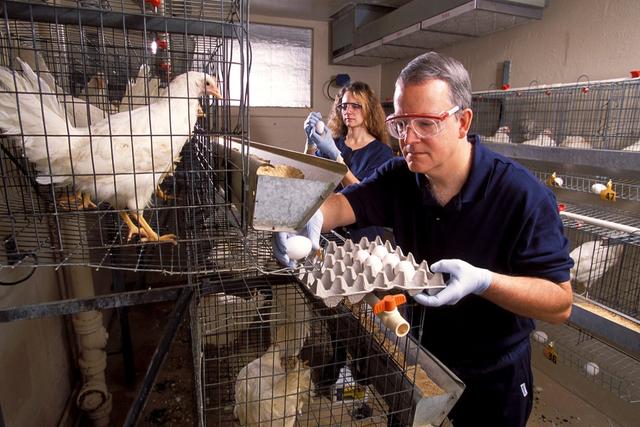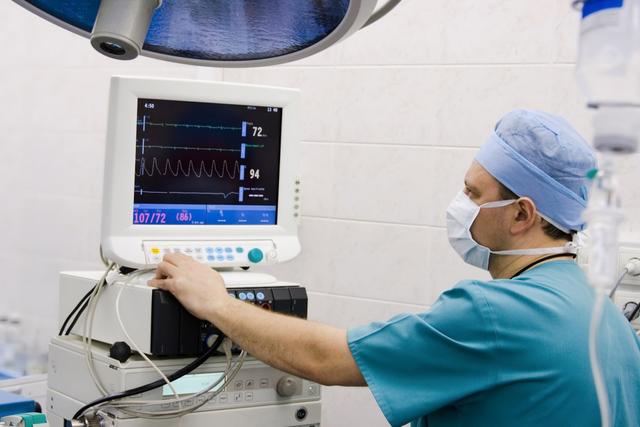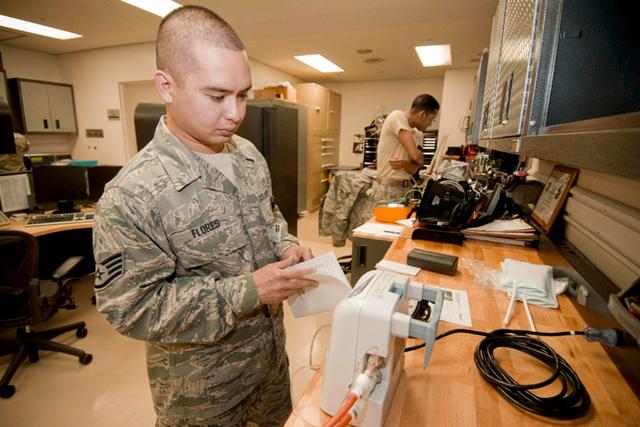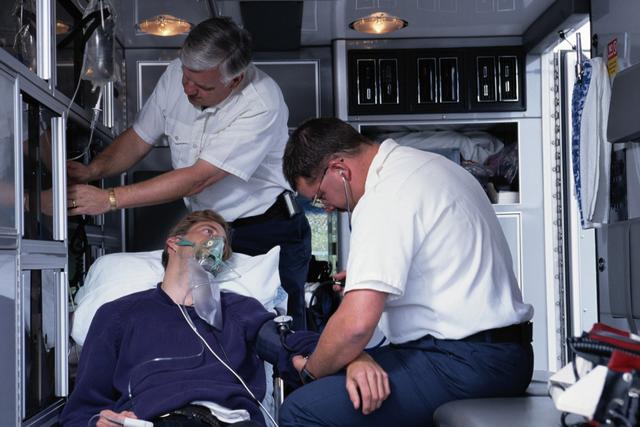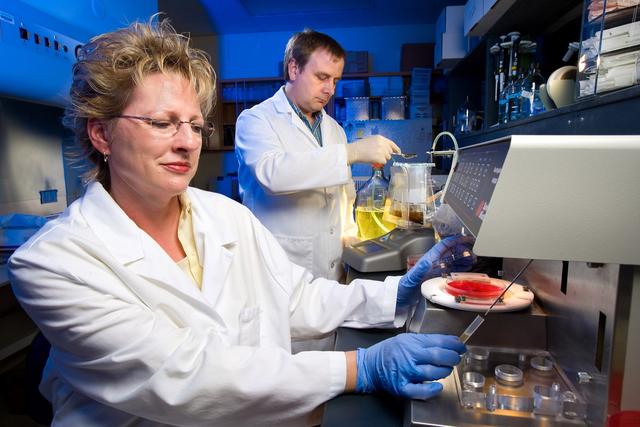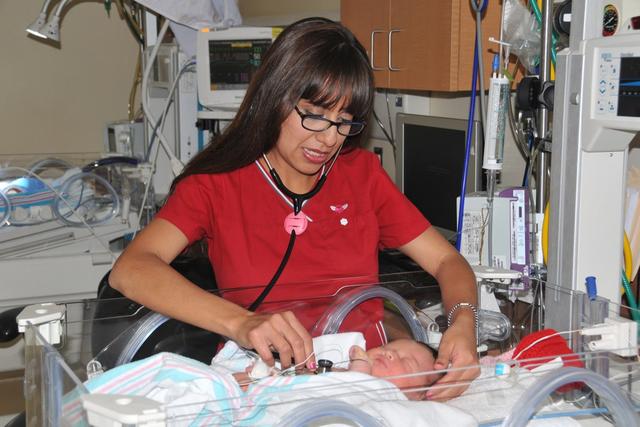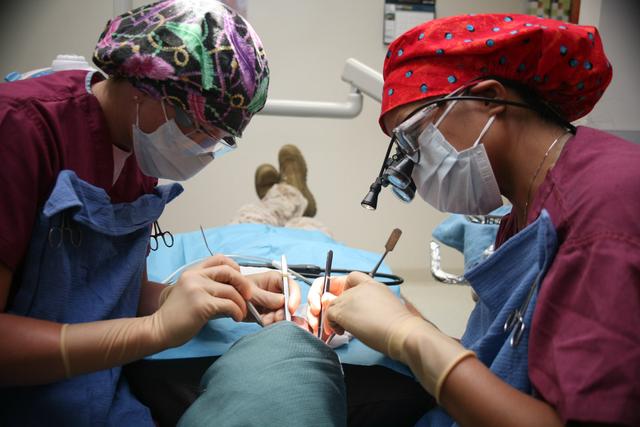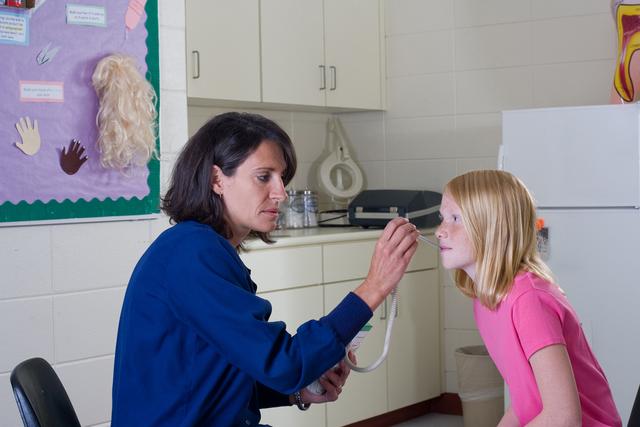Dialysis Technicians
Overview

Introduction
Dialysis technicians set up and operate hemodialysis artificial kidney machines for patients with chronic renal failure (CRF). CRF is a condition where the kidneys cease to function normally. Many people, especially those who have been diagnosed with diabetes, or people who suffer from undetected high blood pressure, develop this condition. These patients require hemodialysis to sustain their lives. In hemodialysis the patients blood is circulated through the dialysis machine, which filters out impurities, wastes, and excess fluids ...
Quick Facts
Median Salary
Employment Prospects
Minimum Education Level
Experience
Skills
Personality Traits
Earnings
Earnings for dialysis technicians are dependent on such factors as their job performance, responsibilities, locality, and length of service. Some employers pay higher salaries to certified technicians than to those who are not certified. According to Salary.com, certified dialysis technicians earned an average of $45,500 in August 2024. The lowest paid 10 percent earned $36,139 or less, and the...
Work Environment
Dialysis technicians most often work in a hospital or special dialysis centers. The work environment is usually a clean and comfortable patient-care setting. Some technicians are qualified to administer dialysis in patients homes, and their jobs may require local travel. Patients who use dialysis at home need education, assistance, and monitoring. Also, technicians may have to take care of pati...
Outlook
There should continue to be a need for dialysis technicians in the future as the number of people with kidney disease and failure increases. In 2023, the Centers for Disease Control and Prevention reported that about 35.5 million U.S. adults had chronic kidney disease—more than one in seven people. The principal causes of kidney failure, according to the National Kidney Foundation, are diabetes...

